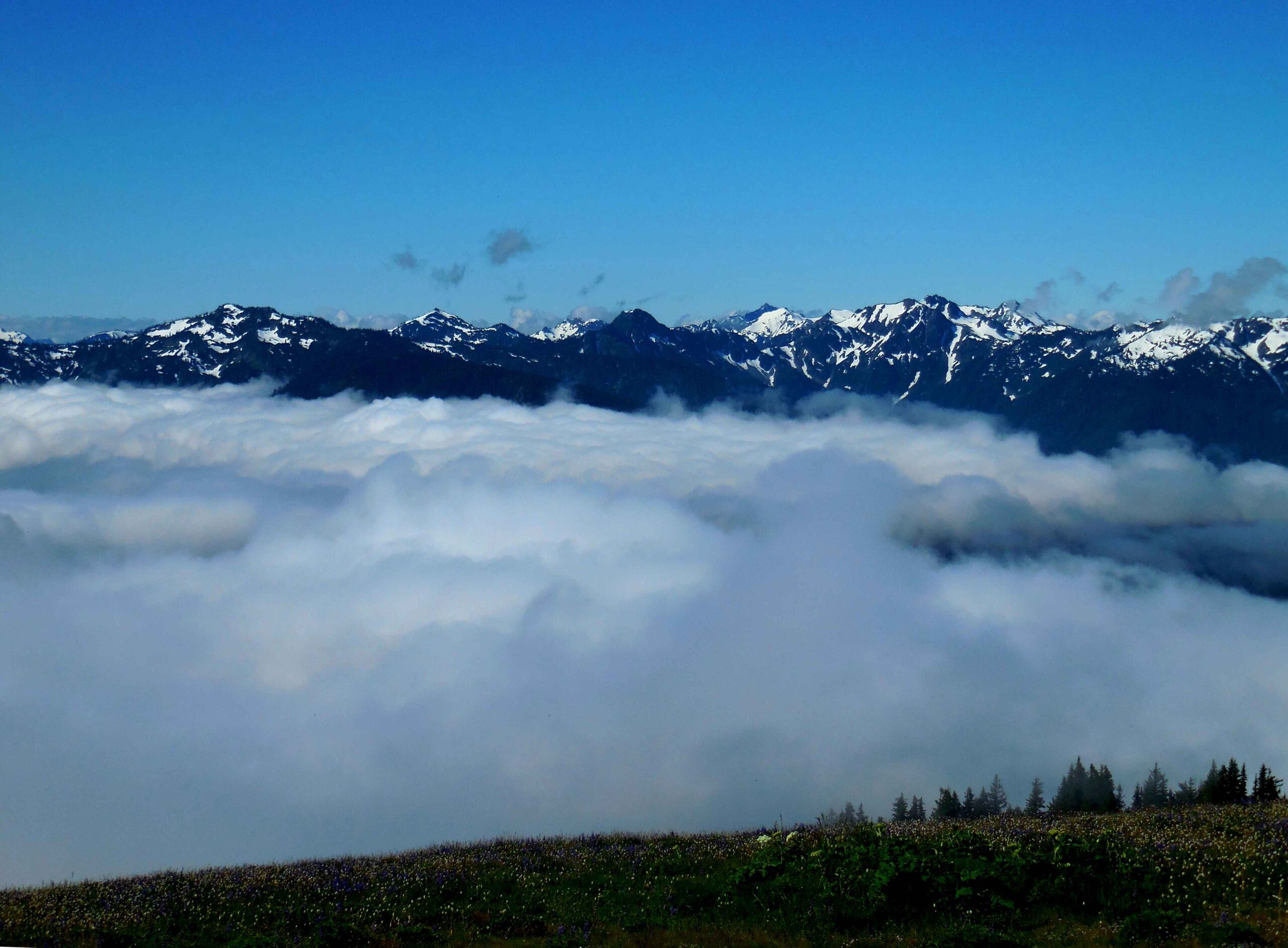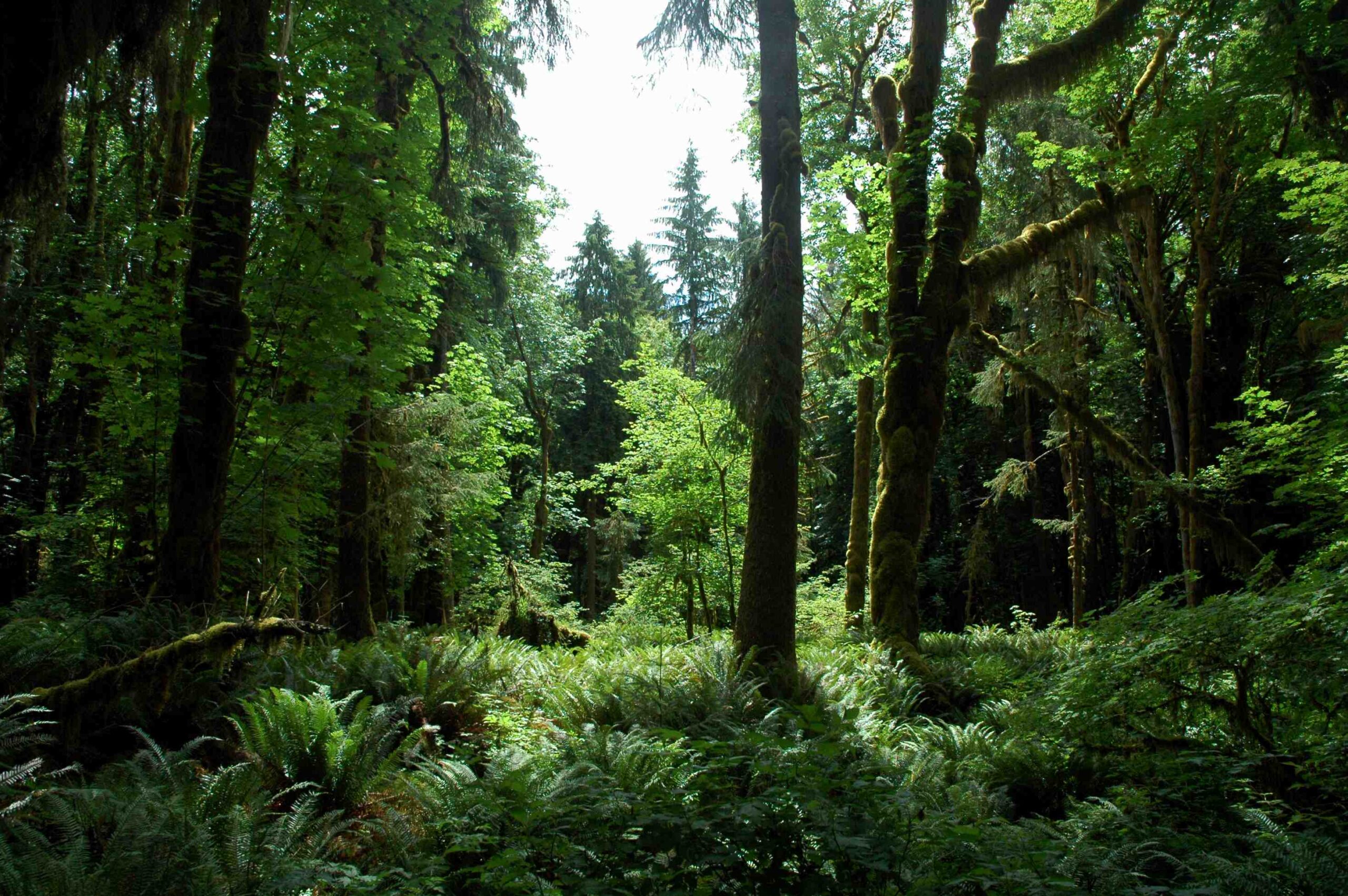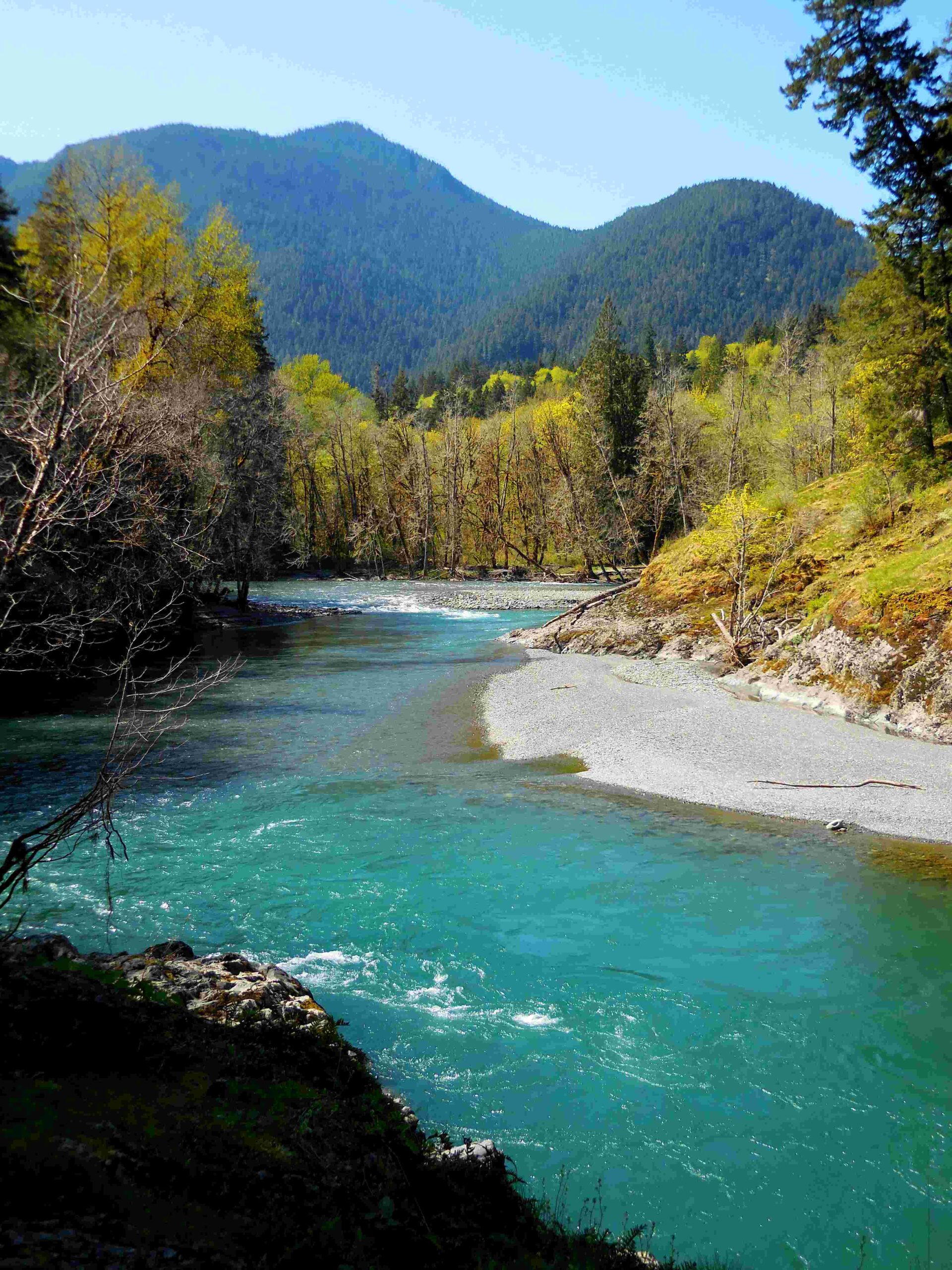Exploring Olympic National Park without a car is an eco-friendly and adventurous way to experience the park’s diverse landscapes. Visitors can utilize ferry services and public transportation to access various parts of the park, including its stunning coastlines, lush rainforests, and majestic mountains. This guide provides essential information on ferry routes, schedules, and transportation options for those traveling to Olympic National Park without a vehicle.
What Are the Main Ferry Routes to Olympic National Park?

The primary ferry routes connecting Seattle and the Olympic Peninsula are:
- Seattle-Bainbridge Island Ferry
- Seattle-Bremerton Ferry
- Edmonds-Kingston Ferry
Each of these routes offers unique advantages and access points to different areas of Olympic National Park.
Seattle-Bainbridge Island Ferry
- Departure Times: Ferries run every 40-60 minutes throughout the day
- Duration: 35 minutes
- Key Features:
- Closest route to Olympic National Park
- Scenic views of Seattle skyline and Puget Sound
- Easy access to Kitsap Peninsula
Seattle-Bremerton Ferry
- Departure Times: Every 60-90 minutes
- Duration: 60 minutes
- Key Features:
- Longer sailing time with more scenic views
- Access to Olympic Peninsula’s southern areas
- Connection to Hood Canal region
Edmonds-Kingston Ferry
- Departure Times: Every 40-60 minutes
- Duration: 30 minutes
- Key Features:
- Northern access point to Olympic Peninsula
- Shorter sailing time
- Convenient for visitors coming from north of Seattle
How Can I Reach Olympic National Park from Ferry Terminals?

Once you arrive at the ferry terminals, several transportation options are available to reach Olympic National Park:
-
Public Transit: Clallam Transit offers bus services from Bainbridge Island and Kingston ferry terminals to various parts of the park.
-
Shuttle Services: Some private companies provide shuttle services from ferry terminals to popular park destinations.
-
Bike Rentals: Available in towns near ferry terminals, offering a eco-friendly way to explore the park’s surroundings.
-
Walking: Some areas of the park are accessible by foot from nearby towns, though distances can be considerable.
What Activities Are Accessible Without a Car in Olympic National Park?
Despite not having a car, visitors can still enjoy numerous activities within Olympic National Park:
-
Hiking: Many trailheads are accessible via public transportation or shuttle services.
-
Visitor Centers: Most are wheelchair accessible and offer interpretive programs.
-
Wildlife Viewing: Accessible areas provide opportunities to observe the park’s diverse fauna.
-
Scenic Viewpoints: Many can be reached by shuttle or public transit.
-
Ranger-led Programs: Often available at visitor centers and key park locations.
How Do I Plan My Itinerary for Olympic National Park Without a Car?
Planning a car-free trip to Olympic National Park requires careful consideration:
-
Research Ferry Schedules: Align your travel plans with ferry departure times.
-
Book Accommodations Strategically: Choose lodgings near public transit routes or park shuttle stops.
-
Utilize Park Shuttles: Take advantage of seasonal shuttle services within the park.
-
Pack Light: Remember you’ll be carrying your belongings on public transportation.
-
Allow Extra Time: Public transit may take longer than driving, so plan accordingly.
What Are the Benefits of Visiting Olympic National Park Without a Car?
Exploring Olympic National Park without a car offers several advantages:
- Eco-Friendly: Reduces carbon footprint and supports park conservation efforts.
- Cost-Effective: Saves on car rental and parking fees.
- Stress-Free: No need to navigate unfamiliar roads or worry about parking.
- Immersive Experience: Allows for a more intimate connection with the park’s environment.
- Social Interaction: Opportunities to meet fellow travelers and locals on public transportation.
Are There Any Challenges to Visiting Olympic National Park Without a Car?
While rewarding, a car-free visit to Olympic National Park does present some challenges:
- Limited Access: Some remote areas of the park may be difficult to reach via public transportation.
- Time Constraints: Public transit schedules may limit flexibility in your itinerary.
- Weather Considerations: Waiting for buses or ferries in inclement weather can be uncomfortable.
- Carrying Gear: Transporting camping equipment or hiking gear can be more challenging without a vehicle.
What Should I Pack for a Car-Free Trip to Olympic National Park?
When visiting Olympic National Park without a car, efficient packing is crucial:
- Comfortable Backpack: For easy transportation of your belongings
- Layered Clothing: To adapt to changing weather conditions
- Rain Gear: The Olympic Peninsula is known for its precipitation
- Sturdy Hiking Boots: For exploring trails and rugged terrain
- Reusable Water Bottle: To stay hydrated during your adventures
- Snacks and Light Meals: For sustenance between destinations
- Park Map and Transit Schedules: To navigate the park and plan your trips
- Portable Charger: To keep your devices powered for navigation and communication
By following this guide, visitors can successfully navigate Olympic National Park without a car, enjoying its natural wonders while minimizing their environmental impact.
References:
1. https://www.myolympicpark.com/road-trips/airports-ferry/ferry-olympic-national-park/
2. https://www.allolympicpark.com/transportation/ferries.php
3. https://www.hikeolympic.com/ferries

